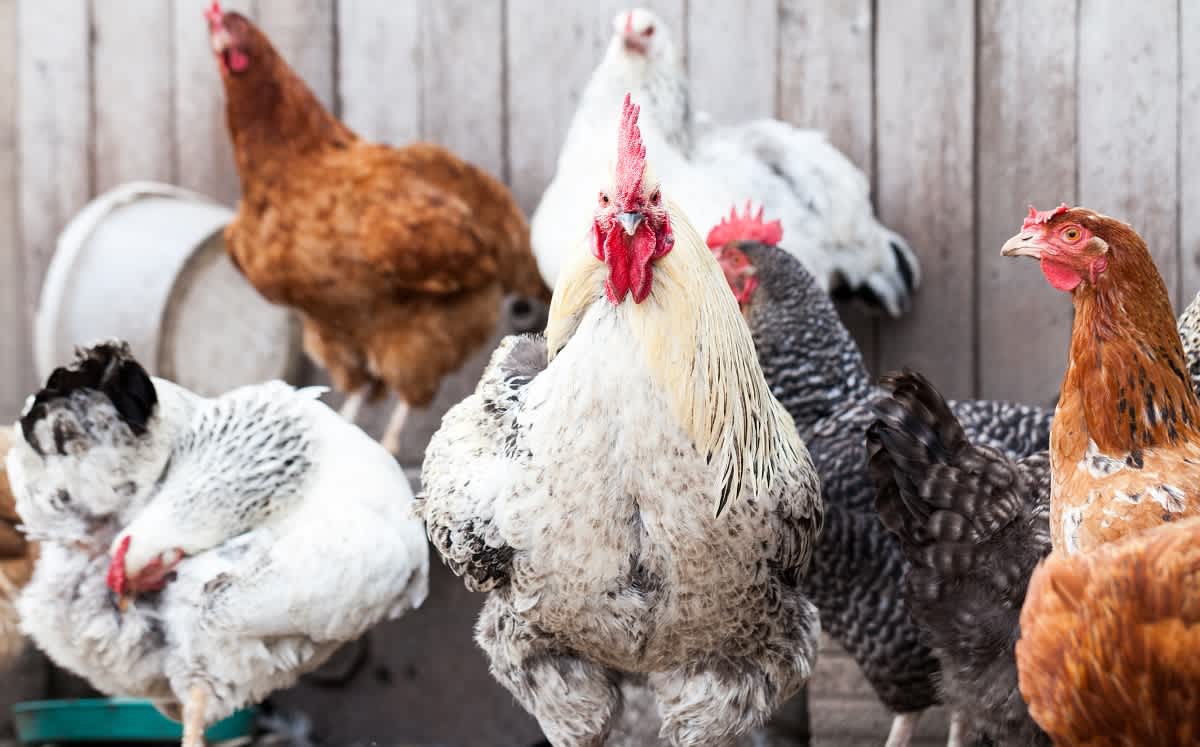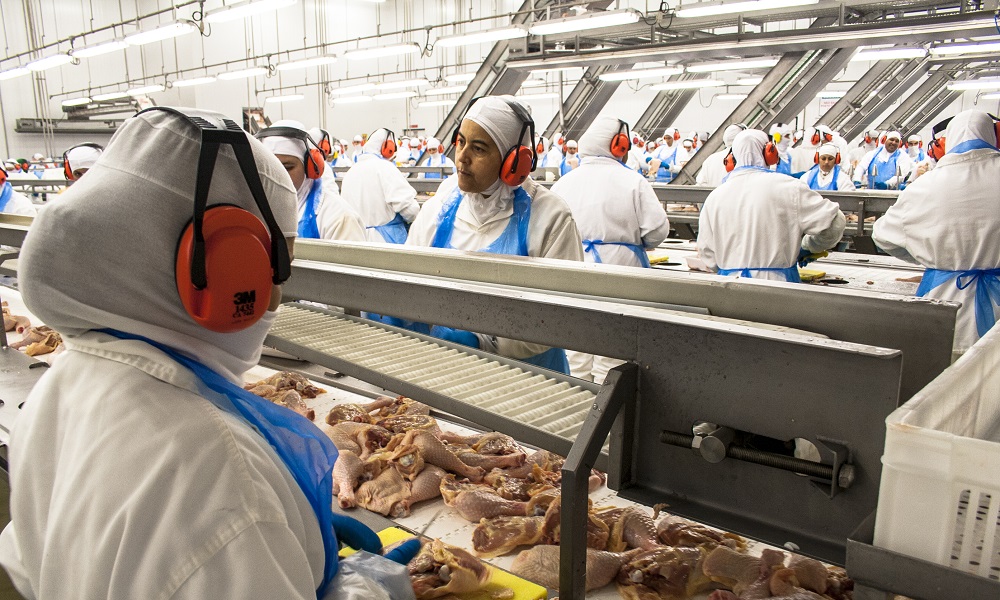5 COVID-19 Trends Within the Poultry Industry
OutdoorHub Reporters 06.09.20

COVID-19 and the ensuing lockdowns have had numerous expected and unexpected consequences for businesses – from already-struggling brick-and-mortar retailers barely staying afloat to sales of business pants tanking at online stores. The poultry industry is, of course, no exception, and the lockdown and the continued spread of the virus have had wide-reaching consequences for the industry, some of which will continue to ripple for years.
Loss of outlets for food products
As restaurants, schools, and other large-scale purchasers of food products have been hemorrhaging customers or shuttering entirely in the face of stay-at-home orders and widespread moratoriums on public gatherings, chicken producers and suppliers have faced a similarly precipitous drop in customers. While business will slowly begin to rebound as lockdowns ease, it will take years before consumption at restaurants and hotels is up to pre-pandemic levels, raising questions for how the production chain can downsize production and slowly grow with the industry rebound – and how many companies will be able to survive such changes.
Loss of workers due to illness
Unfortunately, meat and poultry processing plants are factory-like environments that require many workers to be in close quarters for long periods of time, making them tinderboxes for the spread of a respiratory disease like COVID-19.

Of course, as food businesses, processing plants, farms, and other links in the poultry supply chain are rightly being extra cautious about COVID-19, so between workers being sidelined by illness and necessary changes to the operating protocols, many processing plants are no longer able to operate at their pre-COVID capacity, or, in some cases, to operate at all – facing staff shortages and a loss of consumers, many processing plants have shut their doors temporarily, if not permanently.
More backyard chickens
As a consequence of both the boredom and free time brought about for the many newly minted workers-from-home by lockdowns and also that sense of uncertainty surrounding the wider poultry industries, more people have been turning to raising backyard chickens than ever before.

Chickensandmore.com reports that retailers selling chicks to small-scale farms and freeholds have been doing a booming business since the lockdown began, experiencing an unprecedented spike in families starting their own chicken coops. Whether this represents coming long-term growth in backyard chicken-keeping or merely an anomalous spike brought on by unprecedented circumstances remains to be seen.
Disruptions to the production chain
Because all the links in a production chain are, by their nature, connected, losses and disruptions at one end of the chain – with consumers – and in the middle – at processing plants – have inevitably had impacts at the other end, on poultry farms and farmers. Some farms have been forced to “depopulate,” or euthanize, millions of chickens they had no way to either sell or support because of the slows in processing and consumption. Others have adapted to direct selling their excess product to individual consumers. Fortunately, these disruptions have not reached individual shoppers in the form of shortages – and likely won’t, given the amounts of prepossessed and frozen chicken suppliers have stored up.
Rising consumer uneasiness
While consumers haven’t faced the consequences of these industry problems on store shelves, headlines about illness among workers, plants closing their doors, and farms euthanizing millions of birds have brought their eyes to an industry of which previously they had enjoyed the fruits, without thinking much about where they came from. In the end, most of this scrutiny likely won’t affect consumer behavior, in the sense that people will obviously continue to buy chicken and eggs. It seems likely, however, that these stories will accelerate the growth the vegan, vegetarian, and organic communities have experienced in recent years, as they encourage people to be more skeptical about where their food, especially their animal products, come from.
These are, of course, only some of the changes COVID-19 has wrought in poultry production and the industry as a whole, and at this point it’s difficult to know how many will lead to lasting changes in the way the industry and consumers operate and how many are merely blips in the industry’s long-term continuity. Some consumers are hopeful that these challenges will inspire the systemic changes to industrial farming that they’ve long been advocating for, while many in the industry itself are just waiting for things to go back to normal so they can get on with their jobs and once again have a steady income stream. As in most things, it seems likely that the reality of the future of the poultry industry will fall somewhere between these two extremes, but, as with all things in the age of COVID-19, it’s almost impossible to make a confident prediction of where we go from here.

